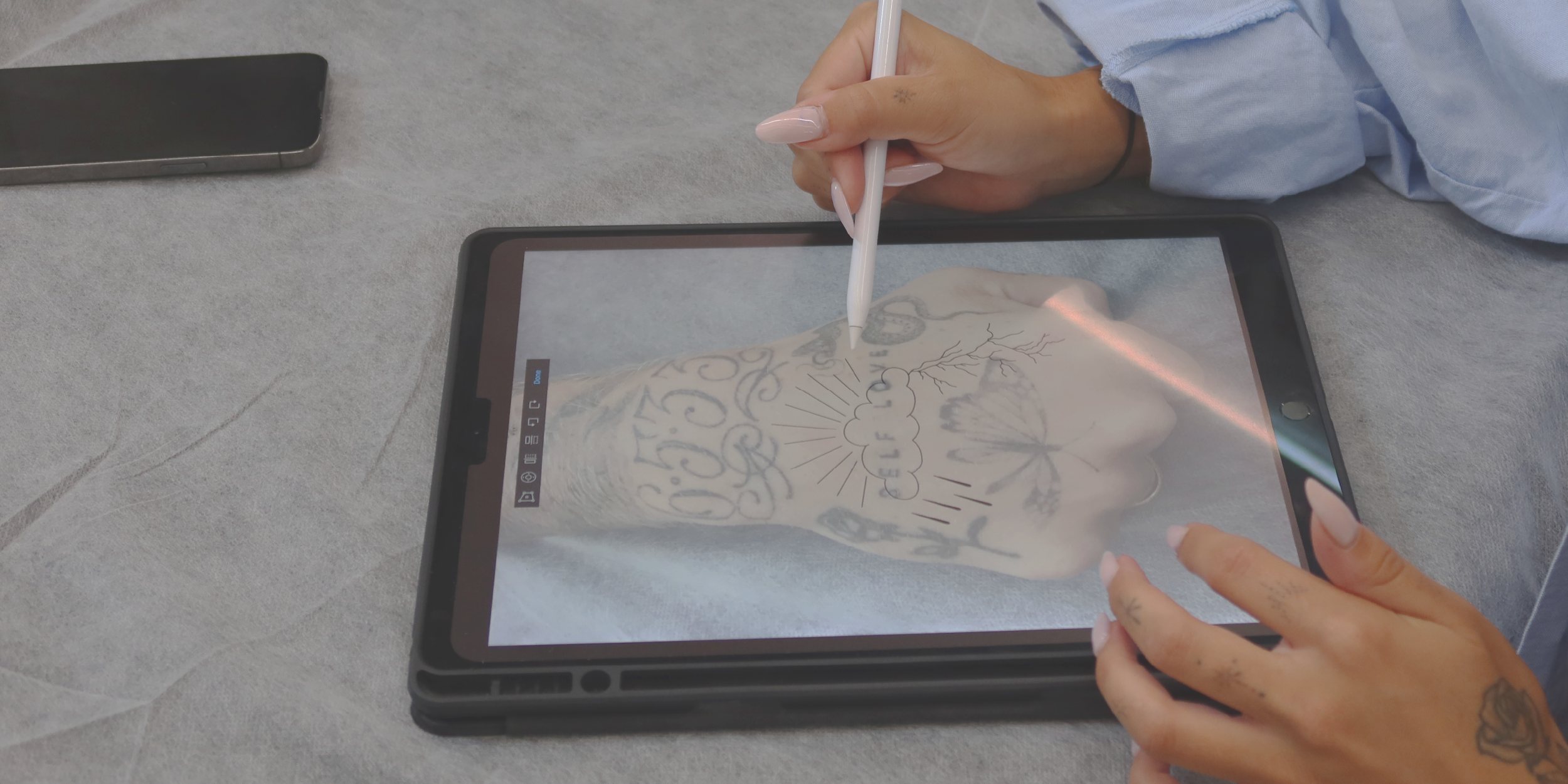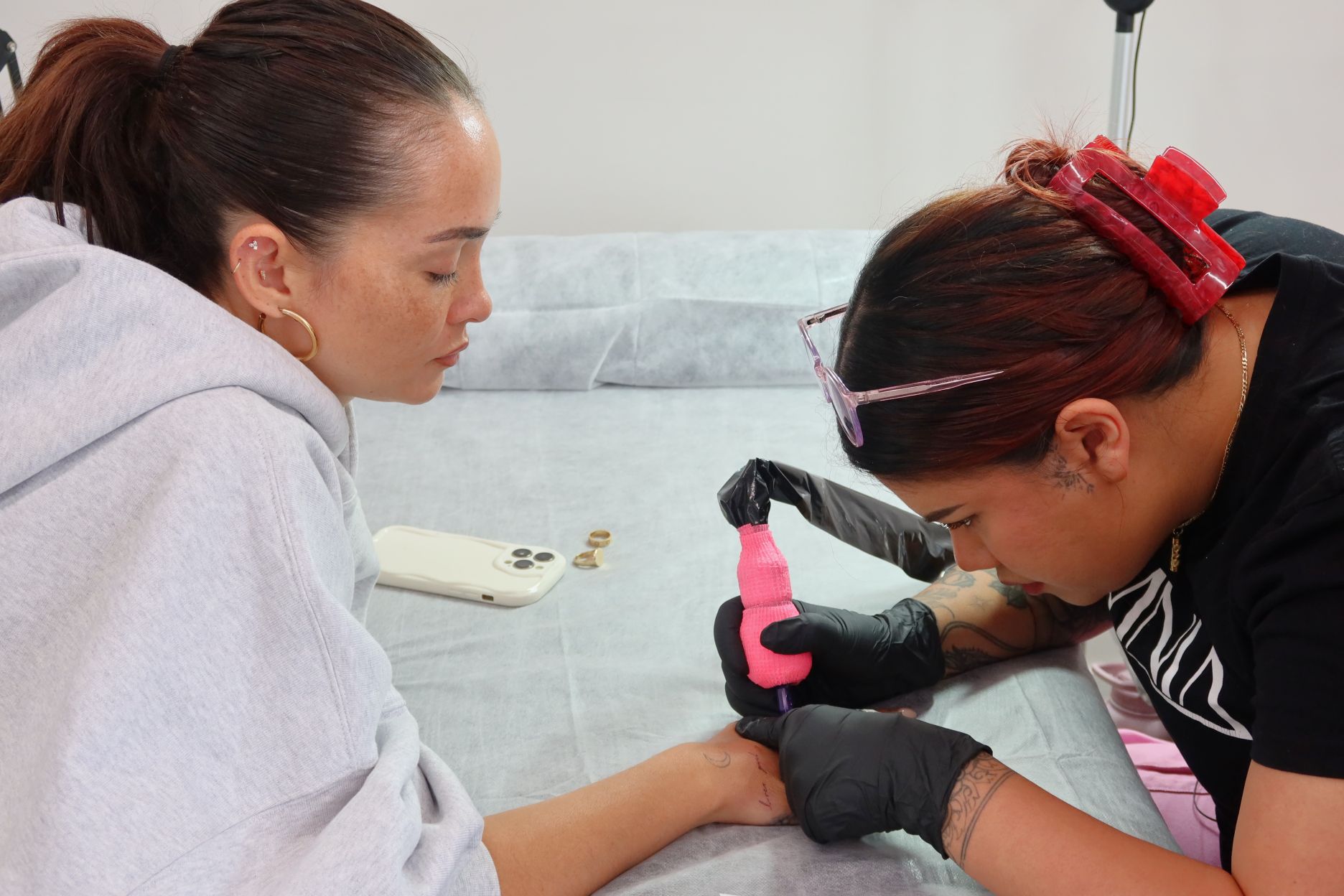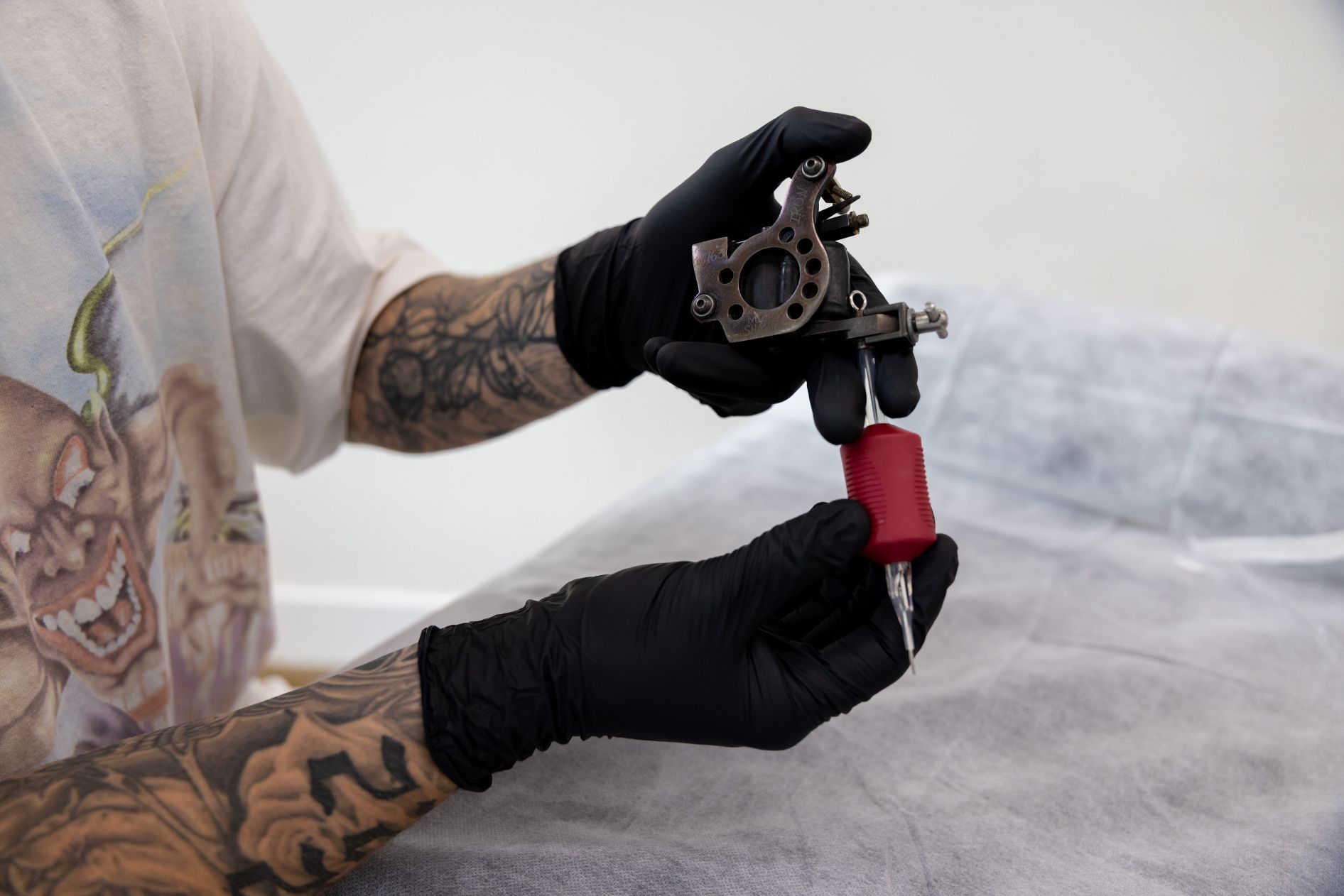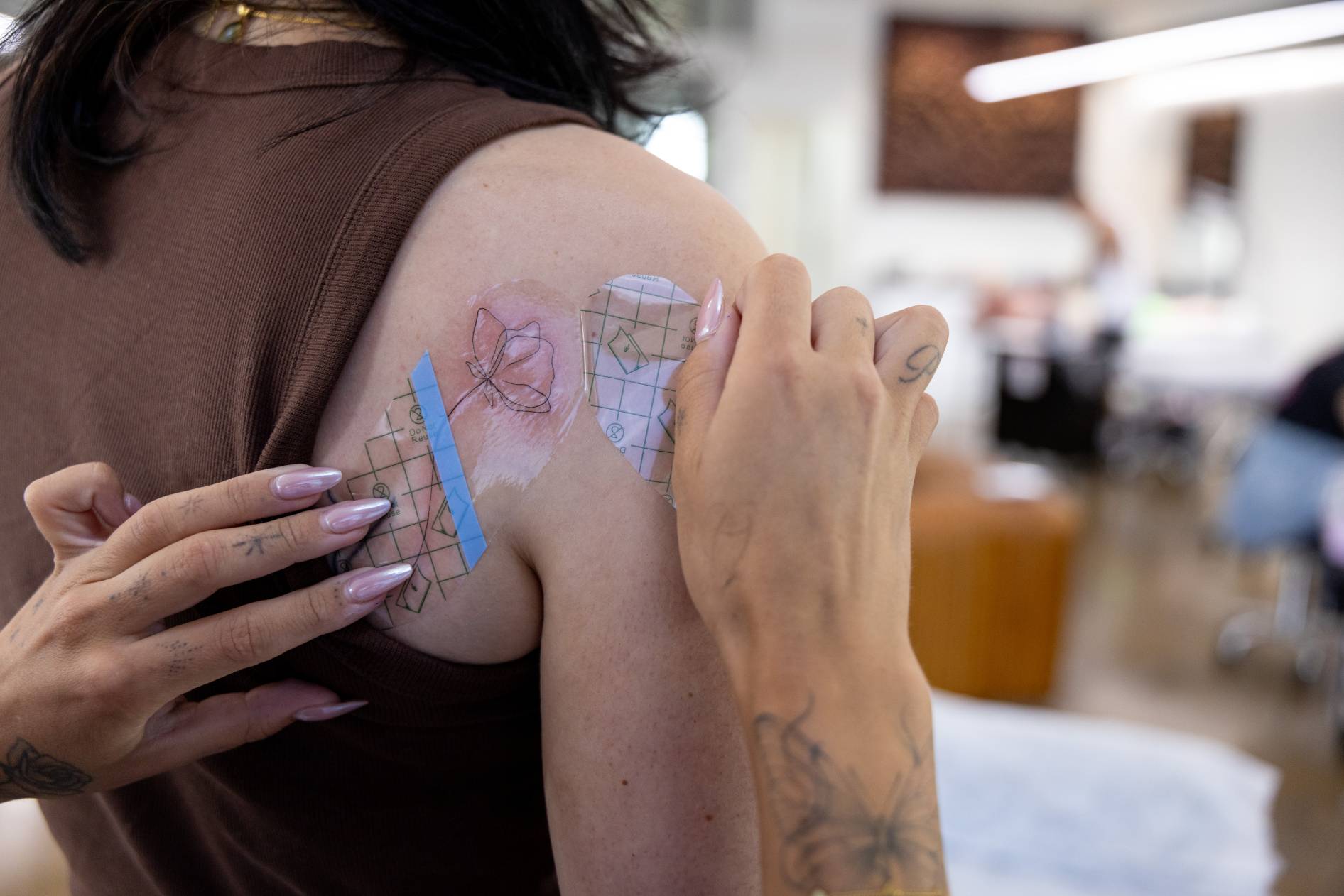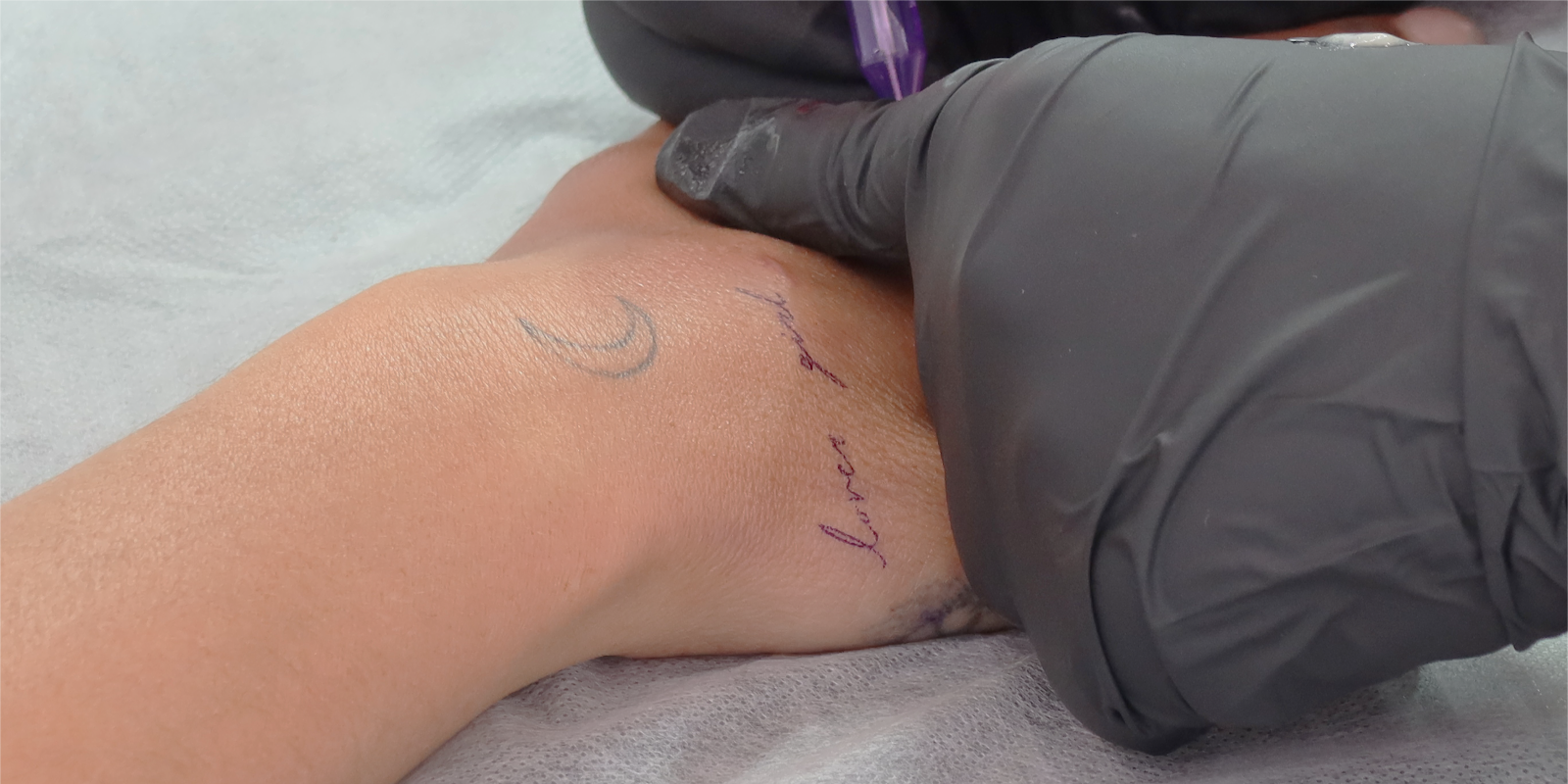As a tattoo artist, one of the most exciting (and challenging) aspects of the craft is learning how to design a tattoo that resonates with clients. We consulted our expert team and compiled their top pieces of advice to help guide you through the design process, so you can create tattoos that clients love.
- UNDERSTAND THE MEANING BEHIND THE DESIGN
Before jumping into sketching, it’s important to remember that for many people tattoos have personal meanings. Whether it’s a memory, value or milestone, tattoos are a way of making something significant in a client’s life, so being able to empathise is an essential skill for tattoo artists. When brainstorming ideas, ask questions to better understand the significance of the tattoo. Understanding the motivation or the meaning will help you translate it into visual form. - CHOOSE A STYLE
Tattoos come in so many different styles, such as traditional, minimalist and realistic, so it’s important to understand what your client is after. If you’re just getting started and want to learn tattooing, studying different tattoo styles will help you develop your skills and expand your creative range. Make sure to use reference photos, ideally from your folio, to align on the desired style before commencing the design. - SKETCHING
Once you have a clear understanding of the client’s preferences, it’s time to sketch. This is a crucial step in tattooing for beginners, as it helps refine your artistic vision before committing the design to skin. Start by lightly sketching the basic elements of the design and then refine as you go. Consider the size, colour and scale. Remember that your sketch doesn’t need to be perfect right away – this is the stage to experiment and adjust as you see fit. - CONSIDER BODY PLACEMENT
As well as being well-designed, tattoos have to fit the body part. Everybody is different, so being able to understand how your design will interact with natural shape will make a huge difference to the final outcome. When sketching, consider where on the body the tattoo will sit and adjust the design accordingly. Keep in mind that areas with more movement, such as the wrist or elbow, may require adjustments to ensure the tattoo doesn’t distort or lose its detail over time. - REFINE YOUR DESIGN
Once you’re happy with the initial sketch you can fine tune the design and prepare it to show your client. Be open to suggestions and feedback, but work with your client to refine the design. Whether it’s a large, intricate piece or simple tattoos, attention to detail will ensure the final tattoo is something the client is proud to wear.
Designing tattoos is one of the most rewarding aspects of being a tattoo artist. It requires creativity, technical skill, and an understanding of how drawings translate when applied to skin.
If you’re new to the industry and wondering how to get started as a tattoo artist, we offer courses to build your skills. If you’re interested in learning more, speak with one of our course consultants today.
